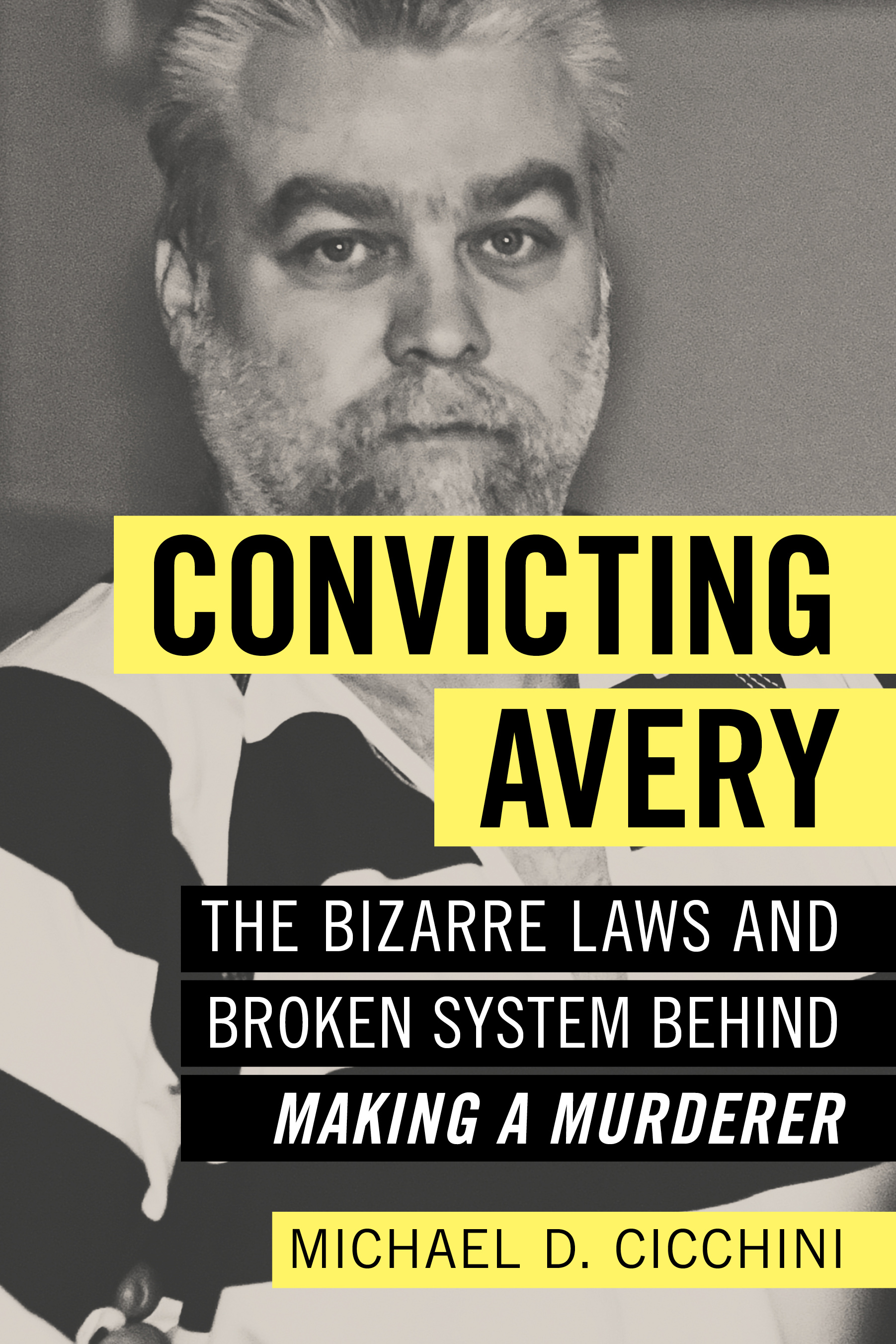Some PR firms are beginning to share the risk
By: dmc-admin//September 29, 2008//
While working at a national trade association, I was charged with building visibility for issues in Washington with key members of Congress. After reviewing several DC-based PR firms, our CEO decided to hire a firm he knew, rather than one with specific expertise that matched our needs. The results were predictable, but we engaged the firm nonetheless.
Expectations were simple. Obtain a handful of meetings on Capitol Hill so we could share our knowledge and perspective on the issues near and dear to our association members.
After months of work — and relationship building is work — we received not one meeting.
What we did receive was the bill for $70,000.
Without question, there are numerous illustrations like this. But there is hope. A new working relationship being offered by only a few PR firms, as far as I can tell, shares the risk with clients and rewards performance.
Shared-Risk Versus PR Retainer
Traditionally, PR firms charge a monthly retainer based on a prescribed number of hours worked. Under this scenario, clients always receive a bill, but run the risk of paying for activity rather than results.
The shared-risk arrangement offers clients a discounted hourly rate in exchange for the opportunity for PR professionals to receive performance incentives, should we meet mutually-agreed-upon performance standards. Of course, it would be unethical for me or any other PR counselor to promise results. But it is perfectly ethical to provide clients reassurance of my commitment to delivering planned results. Pay-for-performance shows clients I’m invested in their success by putting my profits at risk.
How It All Works
Let’s say you sign a monthly PR retainer of $2,500, which equates to about 18 hours of dedicated time to your account at an hourly rate of $135 an hour. Under this shared-risk example, the hourly rate would be reduced by 40 percent. Your monthly investment or risk becomes $1,500 under this agreement. Only after PR objectives are met would you pay the remaining $1,000 per month.
Keys to Success
Based on my experience, there are several must-haves when engaging in this type of arrangement.
- Mutually agreed upon measurements of success (number of news releases issued, feature stories placed, speaking engagements secured, website traffic improved, whitepapers written, etc.)
- Ability and willingness to track responses to public relations efforts.
Six- to 12-month agreement to ensure enough time to generate necessary momentum.
- Easy-to-review “dashboard” of actions and strategies, which serves as a monthly client commitment.
Most PR firms prefer getting paid on an unconditional monthly retainer basis. Who wouldn’t prefer guaranteed income regardless of whether program objectives were met?
Hmmm…maybe the client?
Next time you seek public relations counsel, ask them if they are confident enough in their abilities to share some of the risk with you.
Karl Robe, APR, counsels attorneys and executives on communications strategies that support achievement of growth objectives and overcome business challenges. Contact him at Karl James & Company LLC by emailing [email protected].
Legal News
- State Bar leaders remain deeply divided over special purpose trust
- Former Wisconsin college chancellor fired over porn career is fighting to keep his faculty post
- Pecker says he pledged to be Trump campaign’s ‘eyes and ears’ during 2016 race
- A conservative quest to limit diversity programs gains momentum in states
- Wisconsin prison inmate pleads not guilty to killing cellmate
- Waukesha man sentenced to 30 years for Sex Trafficking
- 12-year-old shot in Milwaukee Wednesday with ‘serious injuries’
- Milwaukee man convicted of laundering proceeds of business email compromise fraud schemes
- Giuliani, Meadows among 18 indicted in Arizona fake electors case
- Some State Bar diversity participants walk away from program
- Wisconsin court issues arrest warrant ‘in error’ for Minocqua Brewing owner
- Iranian nationals charged cyber campaign targeting U.S. Companies
WLJ People
- Power 30 Personal Injury Attorneys – Russell Nicolet
- Power 30 Personal Injury Attorneys – Benjamin Nicolet
- Power 30 Personal Injury Attorneys – Dustin T. Woehl
- Power 30 Personal Injury Attorneys – Katherine Metzger
- Power 30 Personal Injury Attorneys – Joseph Ryan
- Power 30 Personal Injury Attorneys – James M. Ryan
- Power 30 Personal Injury Attorneys – Dana Wachs
- Power 30 Personal Injury Attorneys – Mark L. Thomsen
- Power 30 Personal Injury Attorneys – Matthew Lein
- Power 30 Personal Injury Attorneys – Jeffrey A. Pitman
- Power 30 Personal Injury Attorneys – William Pemberton
- Power 30 Personal Injury Attorneys – Howard S. Sicula









